Author Archives: Kristian Freeman
Author Archives: Kristian Freeman
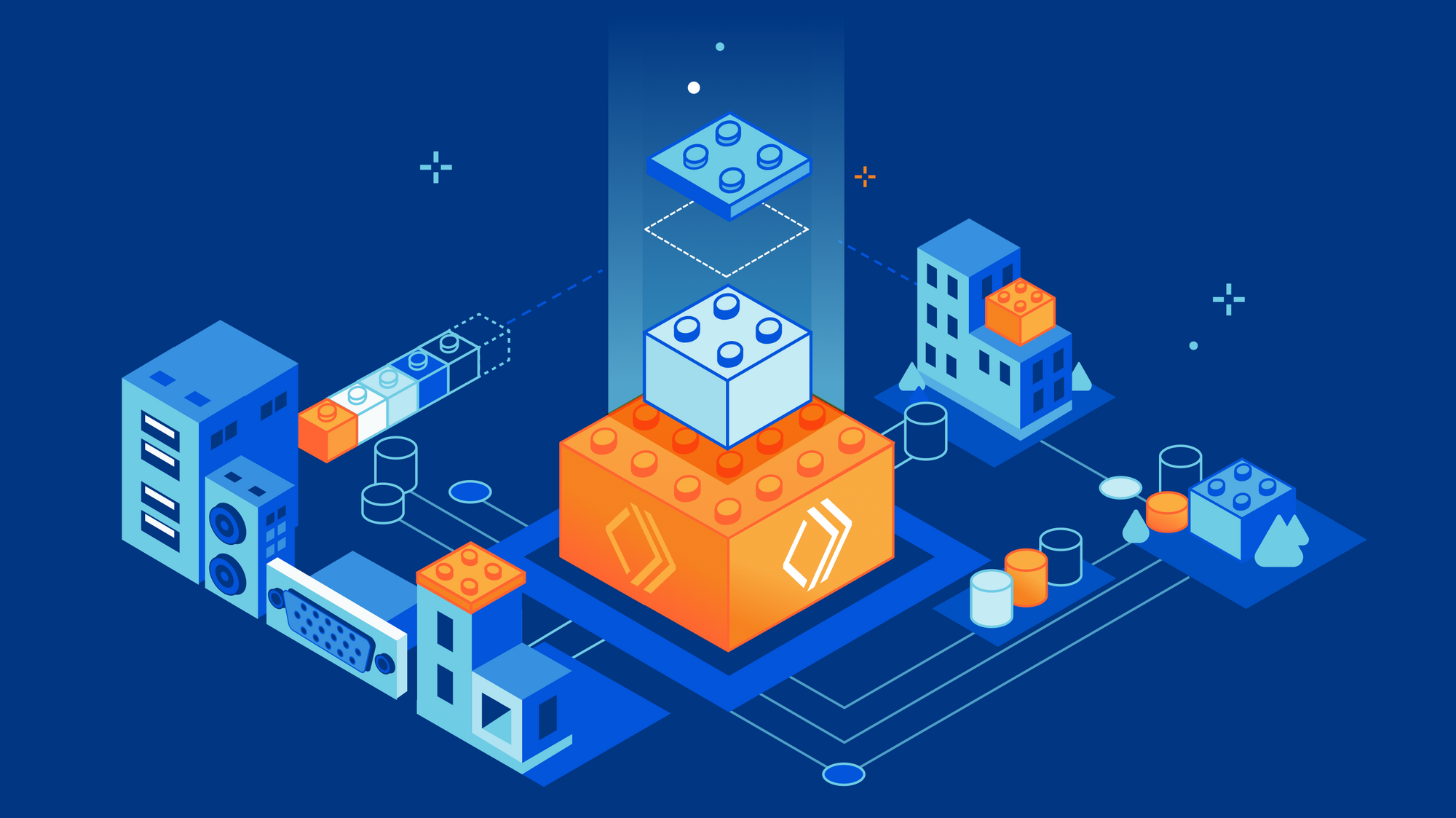
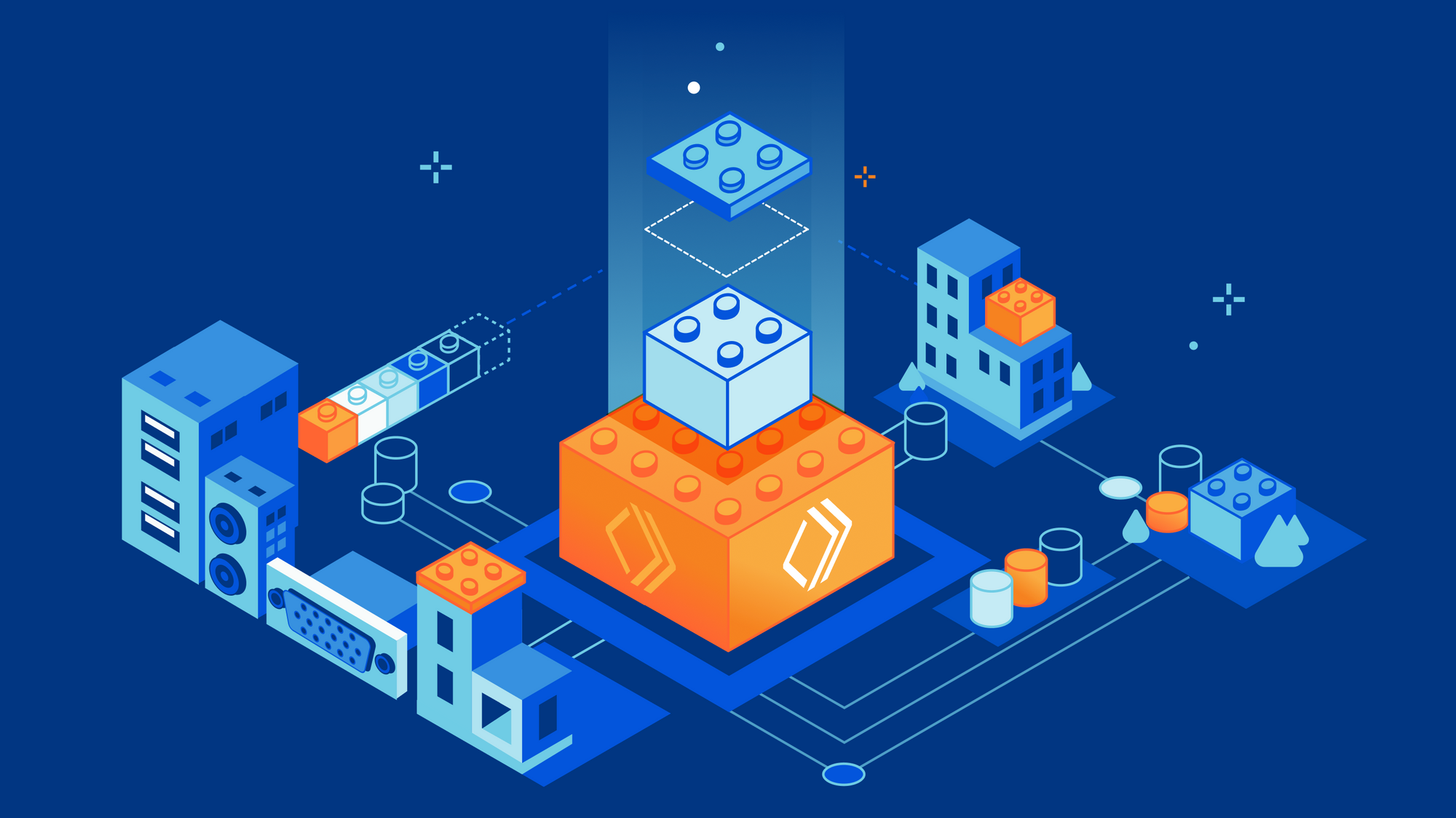
Today, we're open-sourcing our ChatGPT Plugin Quickstart repository for Cloudflare Workers, designed to help you build awesome and versatile plugins for ChatGPT with ease. If you don’t already know, ChatGPT is a conversational AI model from OpenAI which has an uncanny ability to take chat input and generate human-like text responses.
With the recent addition of ChatGPT plugins, developers can create custom extensions and integrations to make ChatGPT even more powerful. Developers can now provide custom flows for ChatGPT to integrate into its conversational workflow – for instance, the ability to look up products when asking questions about shopping, or retrieving information from an API in order to have up-to-date data when working through a problem.
That's why we're super excited to contribute to the growth of ChatGPT plugins with our new Quickstart template. Our goal is to make it possible to build and deploy a new ChatGPT plugin to production in minutes, so developers can focus on creating incredible conversational experiences tailored to their specific needs.
Our Quickstart is designed to work seamlessly with Cloudflare Workers. Under the hood, it uses our command-line tool wrangler to create a new project and deploy it to Workers.
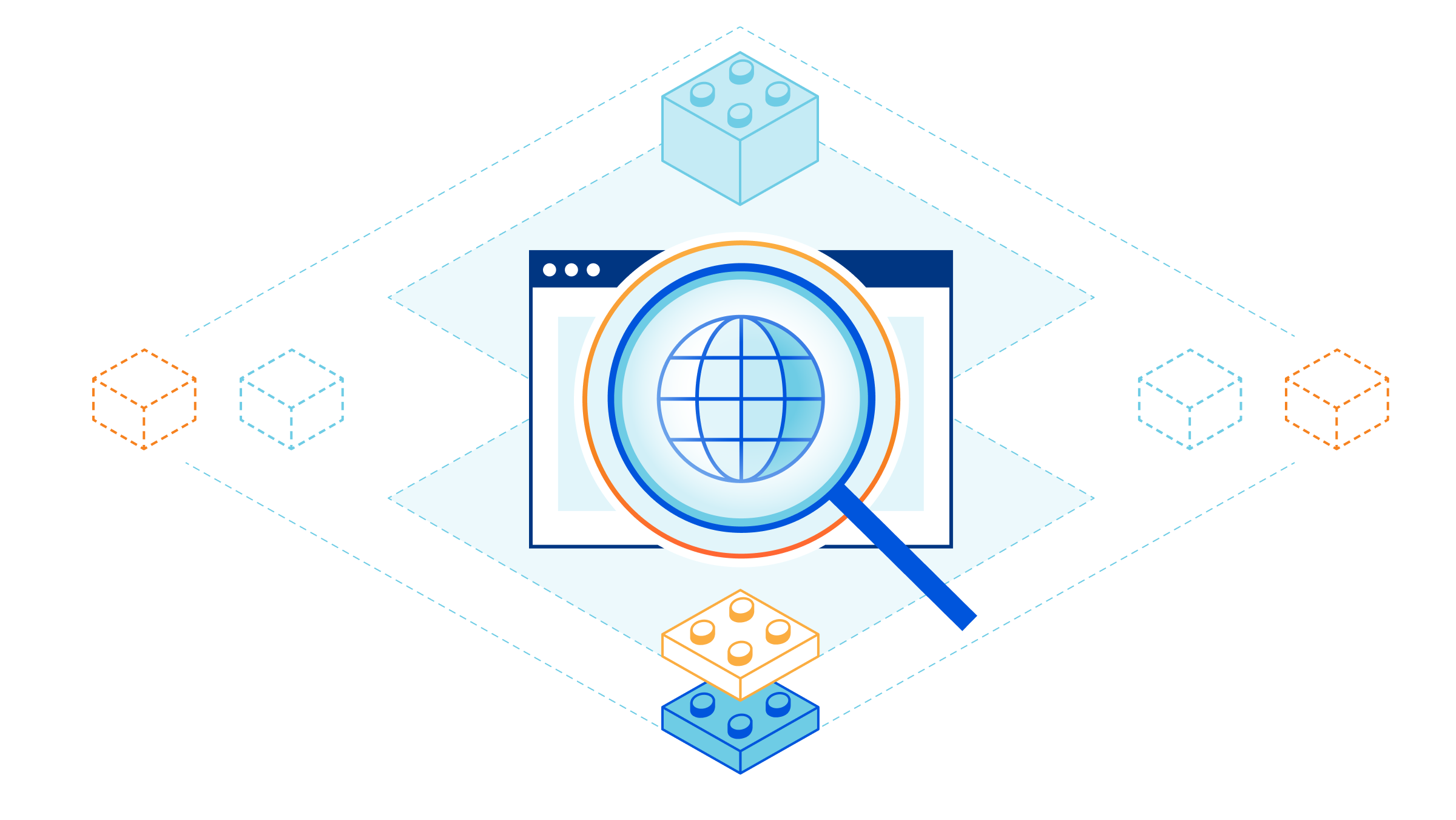
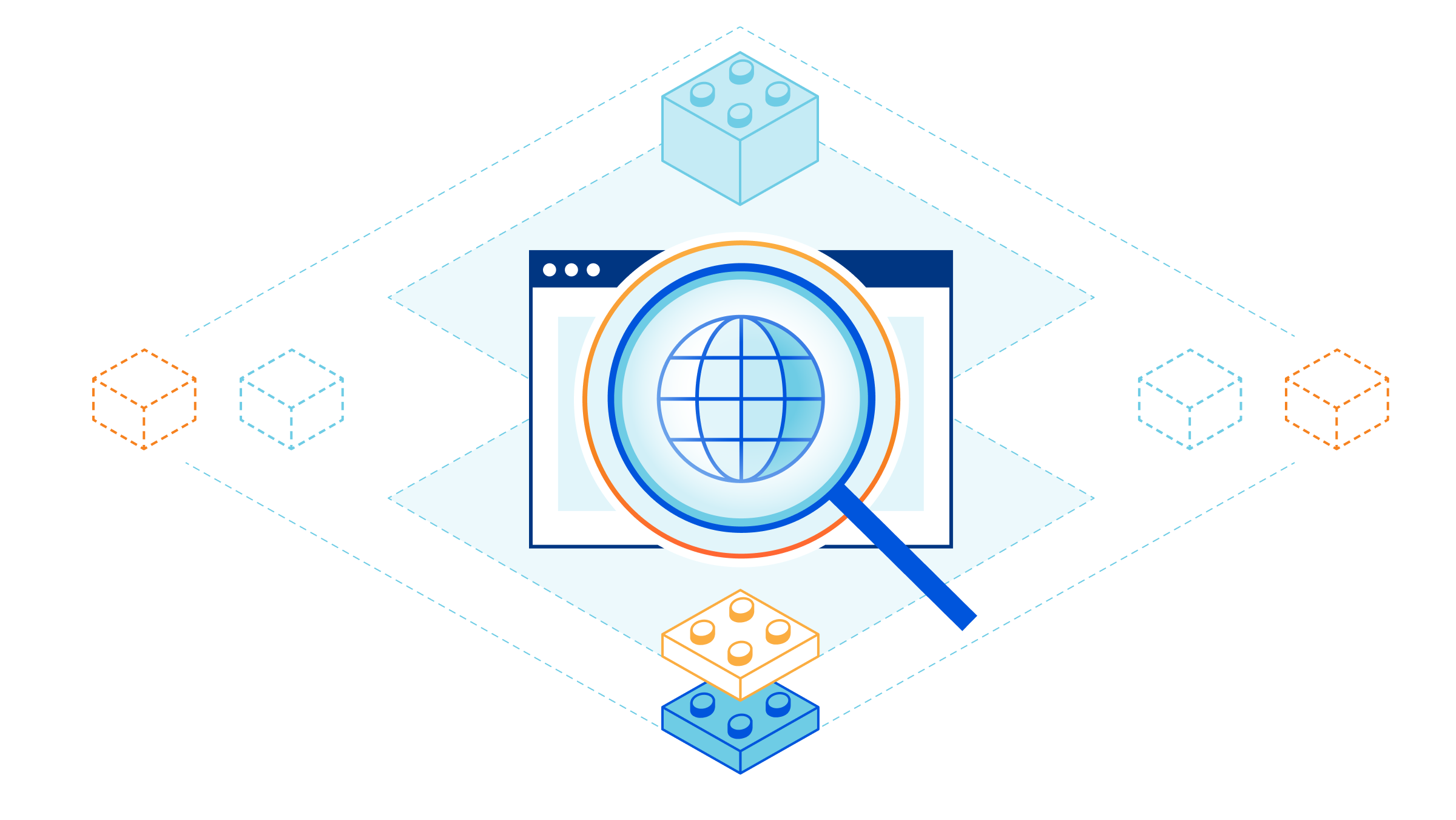
Building applications on Cloudflare Workers has always been fun. Workers applications have low latency response times by default, and easy developer ergonomics thanks to Wrangler. It's no surprise that for years now, developers have been going from idea to production with Workers in just a few minutes.
Internally, we're no different. When a member of our team has a project idea, we often reach for Workers first, and not just for the MVP stage, but in production, too. Workers have been a secret ingredient to Cloudflare’s innovation for some time now, allowing us to build products like Access, Stream and Workers KV. Even better, when we have new ideas and we can use new Cloudflare products to build them, it's a great way to give feedback on those products.
We've discussed this in the past on the Cloudflare blog - in May last year, I wrote how we rebuilt Cloudflare's developer documentation using many of the tools that had recently been released in the Workers ecosystem: Cloudflare Pages for hosting, and Bulk Redirects for the redirect rules. In November, we released a new version of our API documentation, which again used Pages for hosting, and Pages functions for intelligent Continue reading
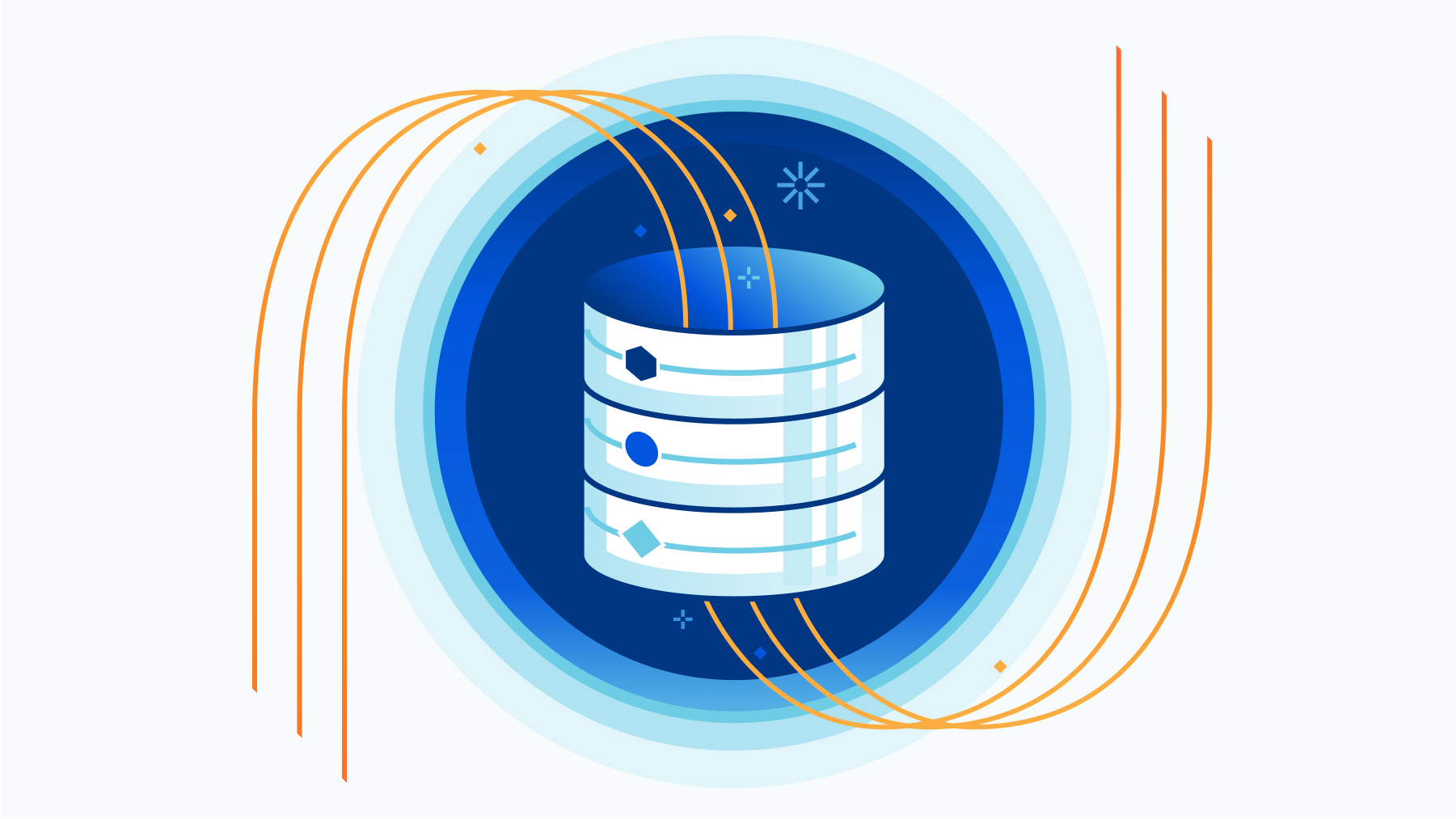
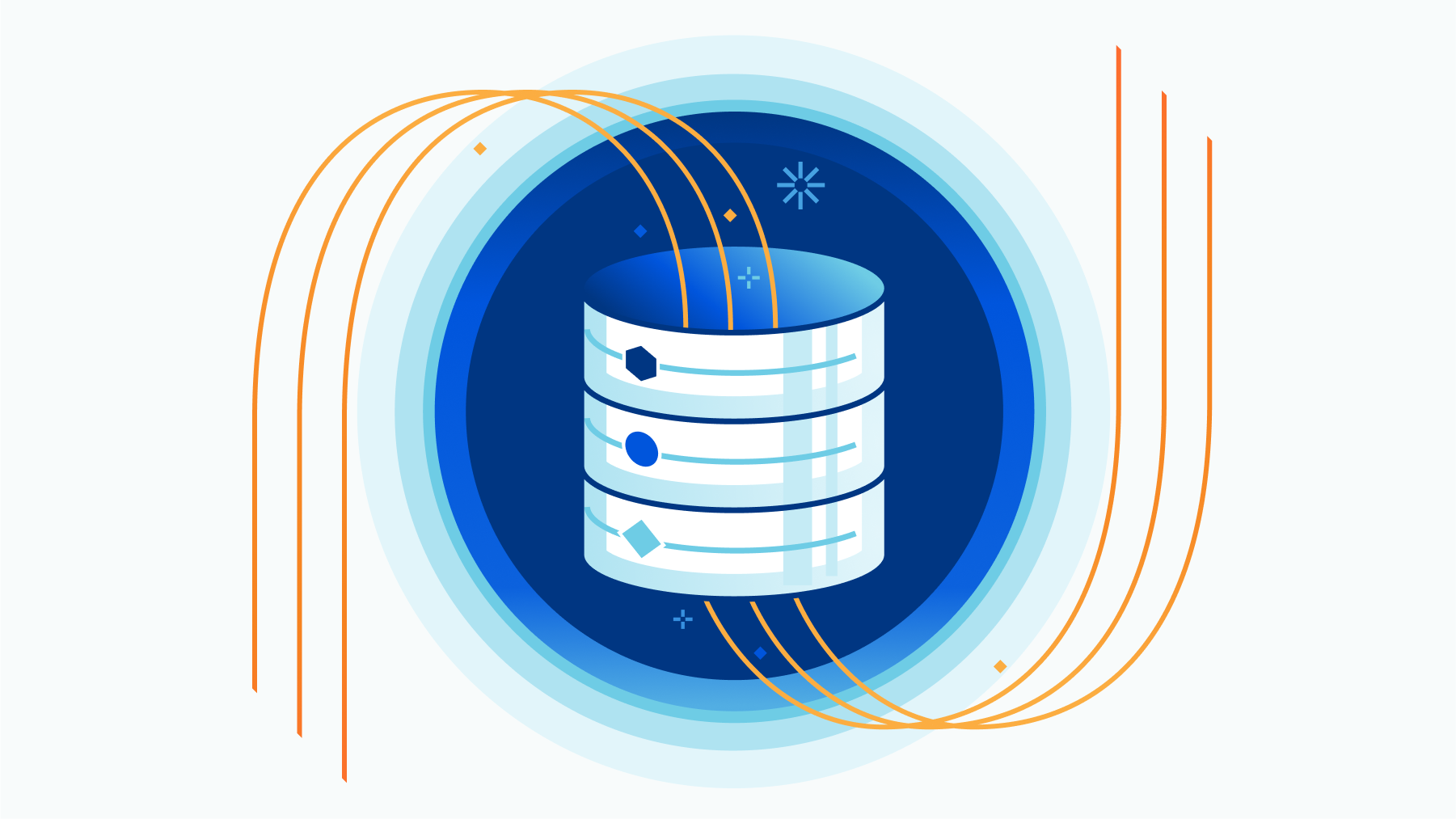
There are many ways to store data in your applications. For example, in Cloudflare Workers applications, we have Workers KV for key-value storage and Durable Objects for real-time, coordinated storage without compromising on consistency. Outside the Cloudflare ecosystem, you can also plug in other tools like NoSQL and graph databases.
But sometimes, you want SQL. Indexes allow us to retrieve data quickly. Joins enable us to describe complex relationships between different tables. SQL declaratively describes how our application's data is validated, created, and performantly queried.
D1 was released today in open alpha, and to celebrate, I want to share my experience building apps with D1: specifically, how to get started, and why I’m excited about D1 joining the long list of tools you can use to build apps on Cloudflare.

D1 is remarkable because it's an instant value-add to applications without needing new tools or stepping out of the Cloudflare ecosystem. Using wrangler, we can do local development on our Workers applications, and with the addition of D1 in wrangler, we can now develop proper stateful applications locally as well. Then, when it's time to deploy the application, wrangler allows us to both access and execute commands to Continue reading


We recently updated developers.cloudflare.com, the Cloudflare Developers documentation website, to a new version of our custom documentation engine. This change consisted of a significant migration from Gatsby to Hugo and converged a collection of Workers Sites into a single Cloudflare Pages instance. Together, these updates brought developer experience, performance, and quality of life improvements for our engineers, technical writers, and product managers.
In this blog post, we’ll cover the history of Cloudflare’s developer docs, why we made this recent transition, and why we continue to dogfood Cloudflare’s products as we develop applications internally.
Cloudflare’s Developer Docs, which are open source on GitHub, comprise documentation for all of Cloudflare’s products. The documentation is written by technical writers, product managers, and engineers at Cloudflare. Like many open source projects, contributions to the docs happen via Pull Requests (PRs). At time of writing, we have 1,600 documentation pages and have accepted almost 4,000 PRs, both from Cloudflare employees and external contributors in our community.
The underlying documentation engine we’ve used to build these docs has changed multiple times over the years. Documentation sites are often built with static site generators and, at Cloudflare, we’ve Continue reading


We love developers.
Late last year, we hosted Full Stack Week, with a focus on new products, features, and partnerships to continue growing Cloudflare’s developer platform. As part of Full Stack Week, we also hosted the Developer Speaker Series, bringing 12 speakers in the web dev community to our 24/7 online TV channel, Cloudflare TV. The talks covered topics across the web development ecosystem, which you can rewatch at any time.
We loved organizing the Developer Speaker Series last year. But as developers know far too well, our ecosystem changes rapidly: what may have been cutting edge back in November 2021 can be old news just a few months later in 2022. That’s what makes conferences and live speaking events so valuable: they serve as an up-to-date reference of best practices and future-facing developments in the industry. With that in mind, we're excited to announce a new edition of our Developer Speaker Series for 2022!
Check out the eleven expert web dev speakers, developers, and educators that we’ve invited to speak live on Cloudflare TV! Here are the talks you’ll be able to watch, starting tomorrow morning (May 9 at 09:00 PT):
The Bootcampers Companion – Caitlyn Greffly
In Continue reading
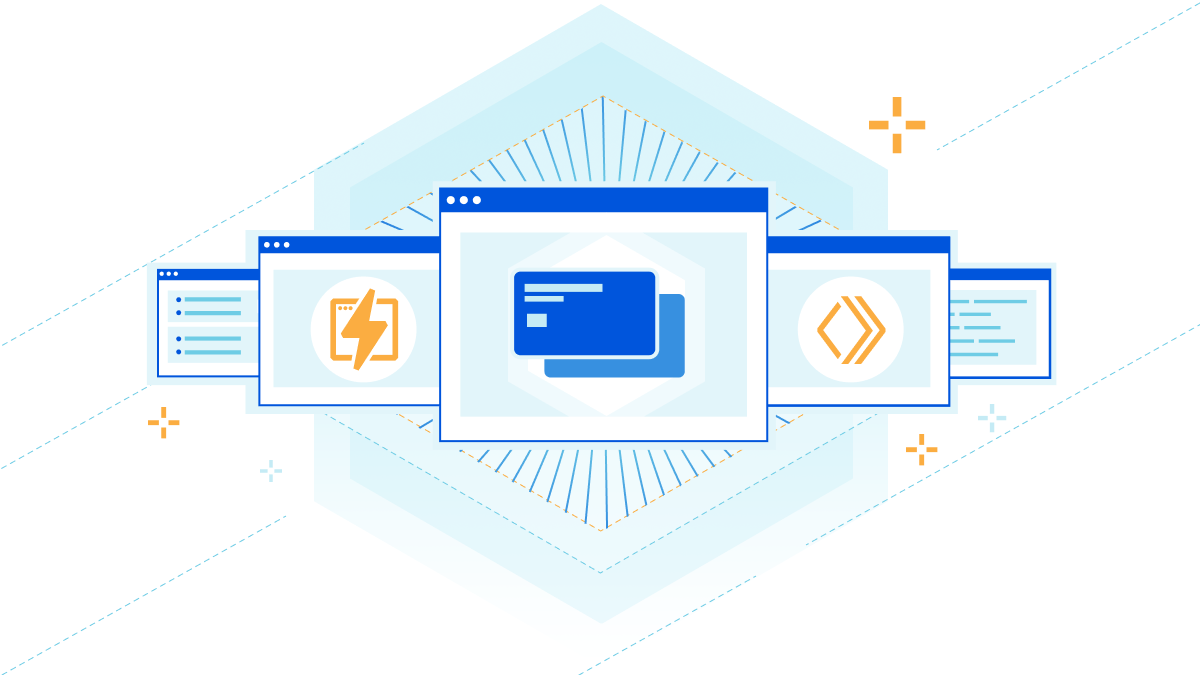
This post is also available in 日本語, 简体中文.
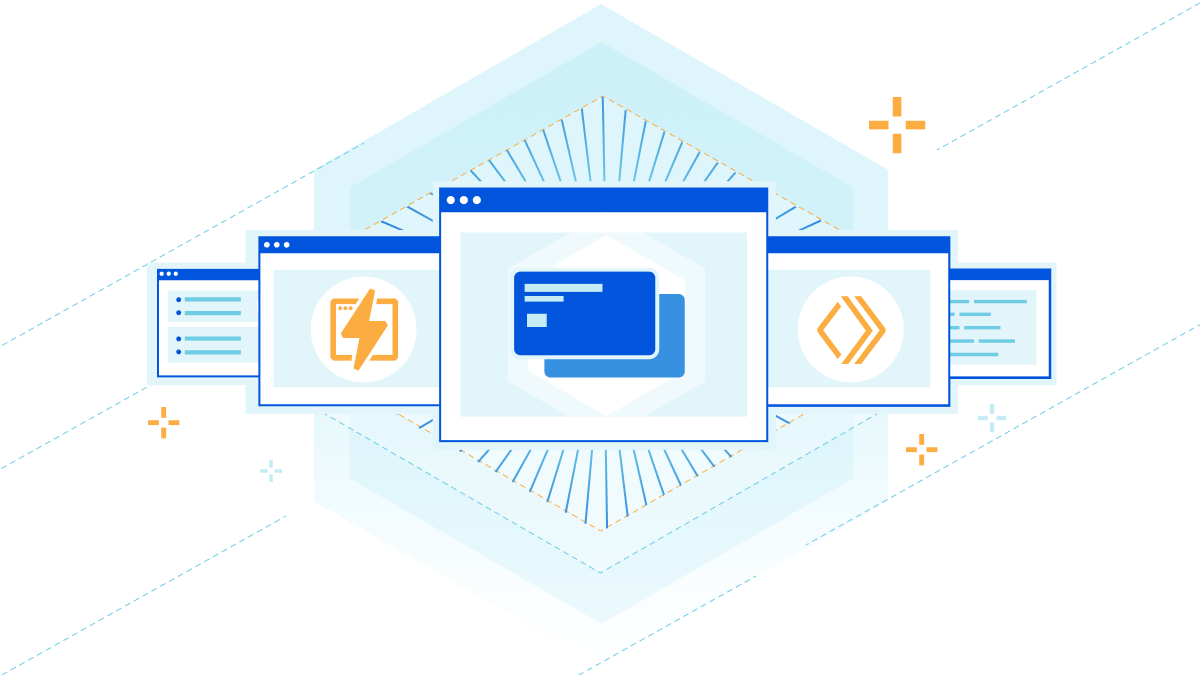
Handling payments inside your apps is crucial to building a business online. For many developers, the leading choice for handling payments is Stripe. Since my first encounter with Stripe about seven years ago, the service has evolved far beyond simple payment processing. In the e-commerce example application I shared last year, Stripe managed a complete seller marketplace, using the Connect product. Stripe's product suite is great for developers looking to go beyond accepting payments.
Earlier versions of Stripe's SDK had core Node.js dependencies, like many popular JavaScript packages. In Stripe’s case, it interacted directly with core Node.js libraries like net/http, to handle HTTP interactions. For Cloudflare Workers, a V8-based runtime, this meant that the official Stripe JS library didn’t work; you had to fall back to using Stripe’s (very well-documented) REST API. By doing so, you’d lose the benefits of using Stripe’s native JS library — things like automatic type-checking in your editor, and the simplicity of function calls like stripe.customers.create(), instead of manually constructed HTTP requests, to interact with Stripe’s various pieces of functionality.
In April, we wrote that we were focused on Continue reading
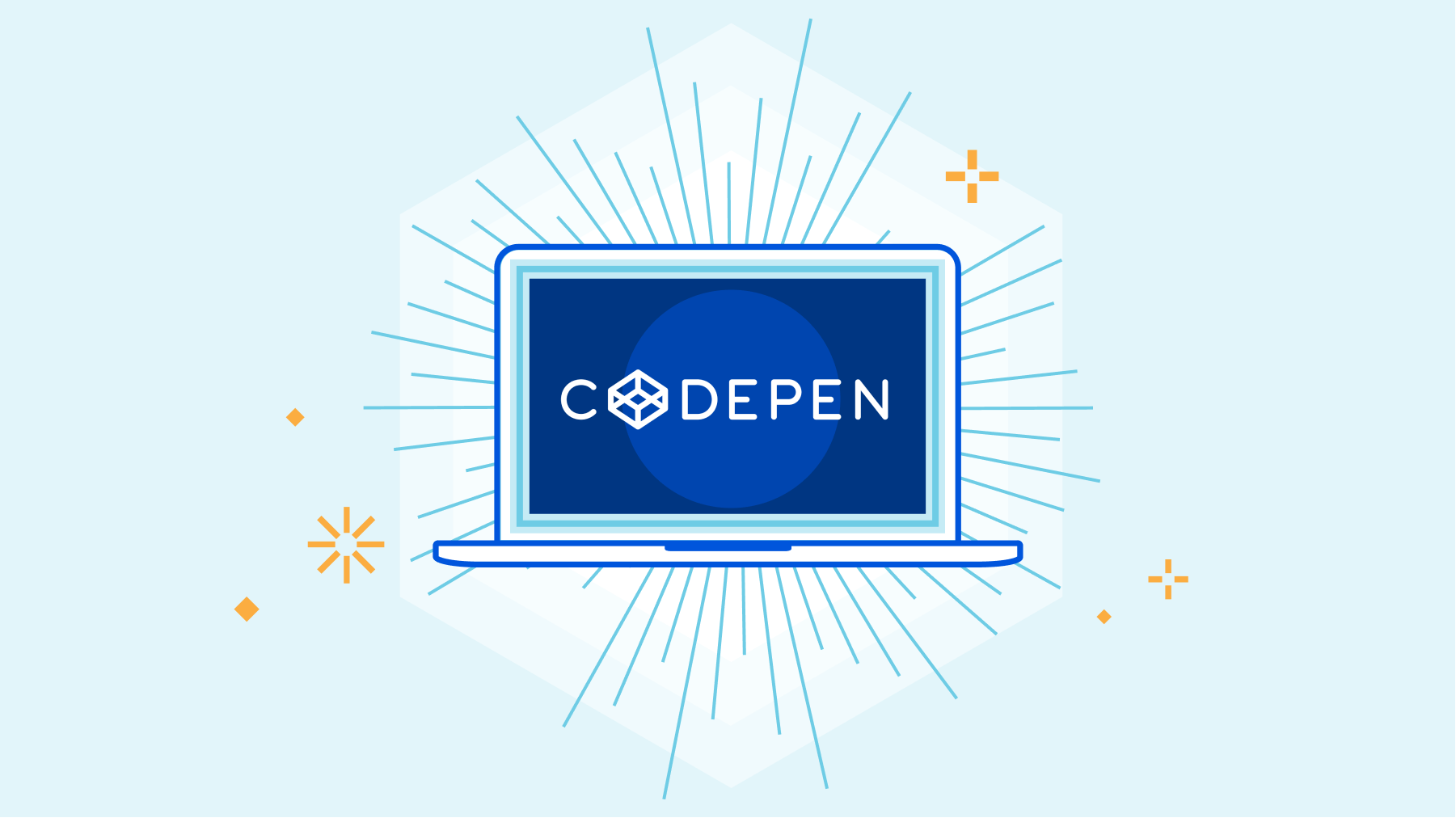
Chris Coyier has been building on the web for over 15 years. Chris made his mark on the web development world with CSS-Tricks in 2007, one of the web's leading publications for frontend and full-stack developers.
In 2012, Chris co-founded CodePen, which is an online code editor that lives in the browser and allows developers to collaborate and share code examples written in HTML, CSS, and JavaScript.
Due to the nature of CodePen — namely, hosting code and an incredibly popular embedding feature, allowing developers to share their CodePen “pens” around the world — any sort of optimization can have a massive impact on CodePen’s business. Increasingly, CodePen relies on the ability to both execute code and store data on Cloudflare’s network as a first stop for those optimizations. As Chris puts it, CodePen uses Cloudflare Workers for "so many things":
"We pull content from an external CMS and use Workers to manipulate HTML before it arrives to the user's browser. For example, we fetch the original page, fetch the content, then stitch them together for a full response."
Workers allows you to work with responses directly using the native Request/Response classes and, with the addition of our Continue reading


Nodecraft allows gamers to host dedicated servers for their favorite games. James Ross is the Chief Technology Officer for Nodecraft and has advocated for Cloudflare — particularly Cloudflare Workers — within the company.
"We use Workers for all kinds of things. We use Workers to optimize our websites, handle redirects, and deal with image content negotiation for our main website. We're very fortunate that the majority of our users are using modern web browsers, so we can serve images in formats like JPEG XL and AVIF to users through a Workers script".
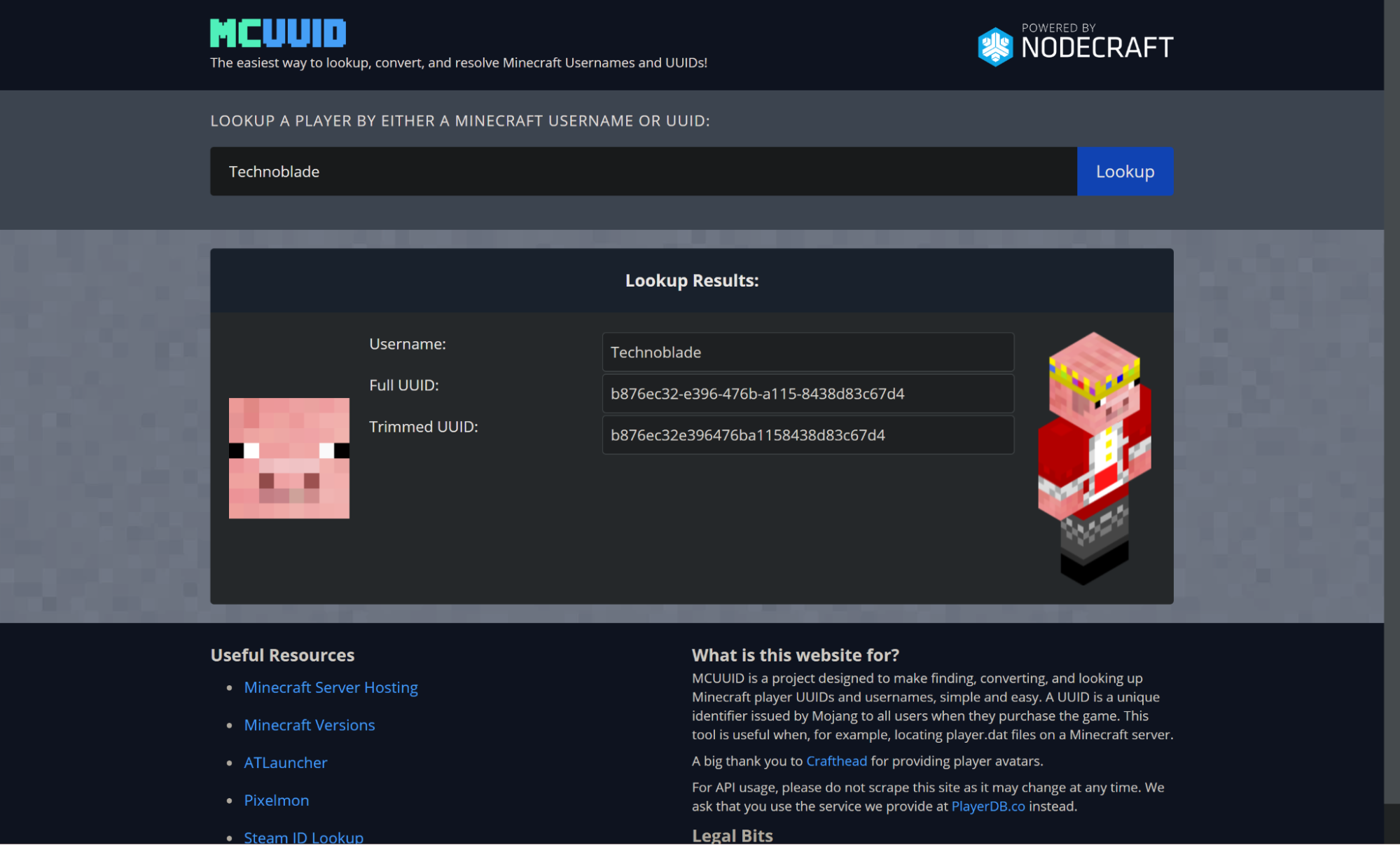
Nodecraft also maintains a number of microsites and APIs that are relied upon by the gaming community to retrieve game information. PlayerDB provides a JSON API for looking up information on user profiles for a number of gaming services, and MCUUID and SteamID are wrapped frontends for users of those services to interact with that API. Each of these is written and deployed as a Cloudflare Worker:
"Whenever a player joins a Minecraft server, we want to get their information — like their name and player image — and show it to our users. That API receives a hundred million requests a month. And we use the same Continue reading


For many developers, the term Web3 feels like a buzzword — it's the sort of thing you see on a popular "Things you need to learn in 2021" tweet. As a software developer, I've spent years feeling the same way. In the last few months, I’ve taken a closer look at the Web3 ecosystem, to better understand how it works, and why it matters.
Web3 can generally be described as a decentralized evolution of the Internet. Instead of a few providers acting as the mediators of how your interactions and daily life on the web should work, a Web3-based future would liberate your data from proprietary databases and operate without centralization via the incentive structure inherent in blockchains.
The Web3 space in 2021 looks and feels much different from what it did a few years ago. Blockchains like Ethereum are handling incredible amounts of traffic with relative ease — although some improvements are needed — and newer blockchains like Solana have entered the space as genuine alternatives that could alleviate some of the scaling issues we've seen in the past few years.
Cloudflare is incredibly well-suited to empower developers to build the future with Web3. The announcement of Continue reading

Postgres is a ubiquitous open-source database technology. It contains a vast number of features and offers rock-solid reliability. It's also one of the most popular SQL database tools in the industry. As the industry builds “modern” developer experience tools—real-time and highly interactive—Postgres has also served as a great foundation. Projects like Hasura, which offers a real-time GraphQL engine, and Supabase, an open-source Firebase alternative, use Postgres under the hood. This makes Postgres a technology that every developer should know, and consider using in their applications.
For many developers, REST APIs serve as the primary way we interact with our data. Language-specific libraries like pg allow developers to connect with Postgres in their code, and directly interact with their databases. Yet in almost every case, developers reinvent the wheel, building the same connection logic on an app-by-app basis.
Many developers building applications with Cloudflare Workers, our serverless functions platform, have asked how they can use Postgres in Workers functions. Today, we're releasing a new tutorial for Workers that shows how to connect to Postgres inside Workers functions. Built on PostgREST, you'll write a REST API that communicates directly with your database, on the edge.
This means that Continue reading


Durable Objects are an awesome addition to the Workers developer ecosystem, allowing you to address and work inside a specific Worker to provide consistency in your applications. That sounds exciting at a high-level, but if you're like me, you might be wondering "Okay, so what can I build with that?"
There’s nothing like building something real with a technology to truly understand it.
To better understand why Durable Objects matter, and how newer announcements in the Workers ecosystem like WebSockets play with Durable Objects, I turned to a category of software that I've been building in my spare time for a few months now: video games.
The technical aspects of games have changed drastically in the last decade. Many games are online-by-default, and the ubiquity of tools like Unity have made it so anyone can begin experimenting with developing games.
I've heard a lot about the ability of Durable Objects and WebSockets to provide real-time consistency in applications, and to test that use case out, I've built Durable World: a simple 3D multiplayer world that is deployed entirely on our Cloudflare stack: Pages for serving the client-side game, which runs in Unity and WebGL, and Workers as the Continue reading
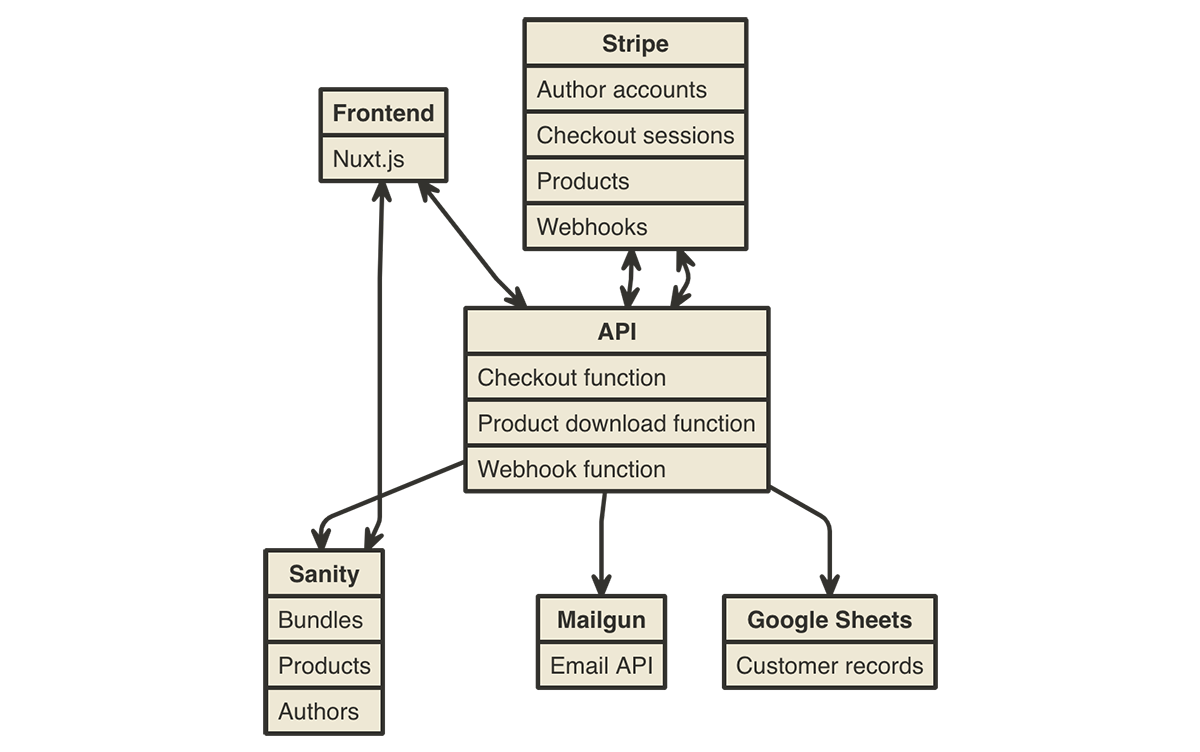
The idea of serverless is to allow developers to focus on writing code rather than operations — the hardest of which is scaling applications. A predictably great deal of traffic that flows through Cloudflare's network every year is Black Friday. As John wrote at the end of last year, Black Friday is the Internet's biggest online shopping day. In a past case study, we talked about how Cordial, a marketing automation platform, used Cloudflare Workers to reduce their API server latency and handle the busiest shopping day of the year without breaking a sweat.
The ability to handle immense scale is well-trodden territory for us on the Cloudflare blog, but scale is not always the first thing developers think about when building an application — developer experience is likely to come first. And developer experience is something Workers does just as well; through Wrangler and APIs like Workers KV, Workers is an awesome place to hack on new projects.
Over the past few weeks, I've been working on a sample open-source e-commerce app for selling software, educational products, and bundles. Inspired by Humble Bundle, it's built entirely on Workers, and it integrates powerfully with all kinds of first-class modern Continue reading
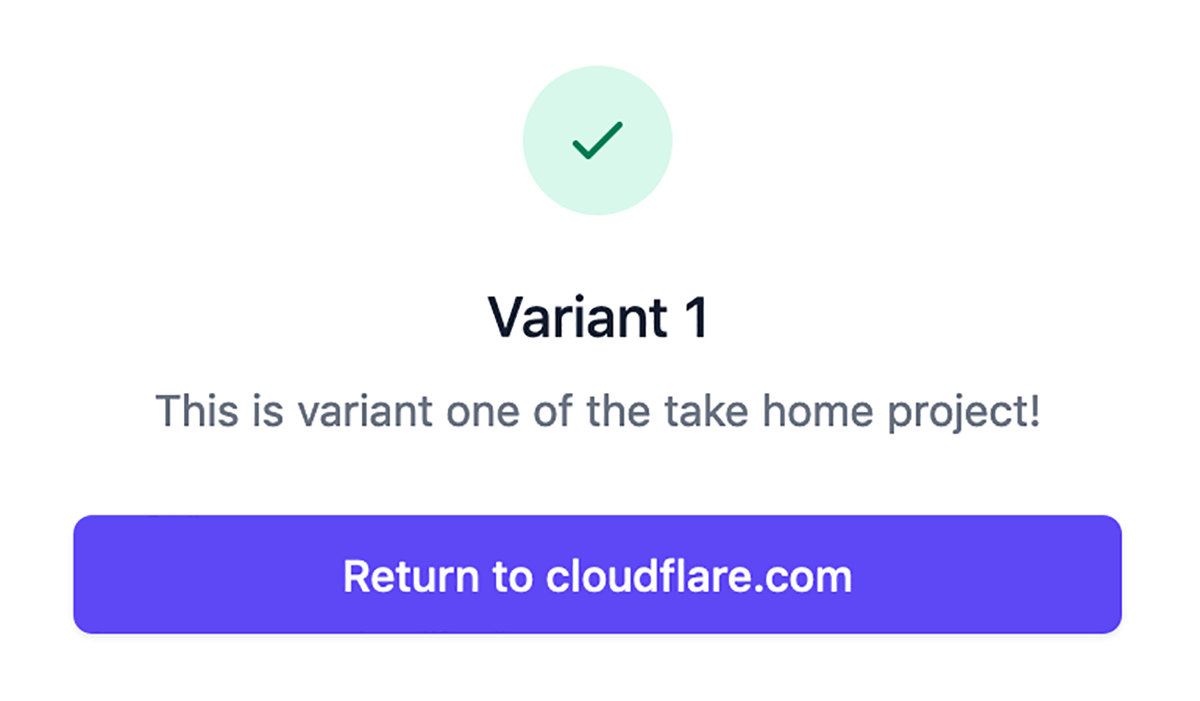
This summer, Cloudflare announced that we were doubling the size of our Summer 2020 intern class. Like everyone else at Cloudflare, our interns would be working remotely, and due to COVID-19, many companies had significantly reduced their intern class size, or outright cancelled their programs entirely.
With our announcement came a huge influx of students interested in coming to Cloudflare. For applicants seeking engineering internships, we opted to create an exercise based on our serverless product Cloudflare Workers. I'm not a huge fan of timed coding exercises, which is a pretty traditional way that companies gauge candidate skill, so when I was asked to help contribute an example project that would be used instead, I was excited to jump on the project. In addition, it was a rare chance to have literally thousands of eager pairs of eyes on Workers, and on our documentation, a project that I've been working on daily since I started at Cloudflare over a year ago.
In this blog post, I will explain the details of the full-stack take home exercise that we sent out to our 2020 internship applicants. We asked participants to spend no more than an afternoon working on it, and Continue reading
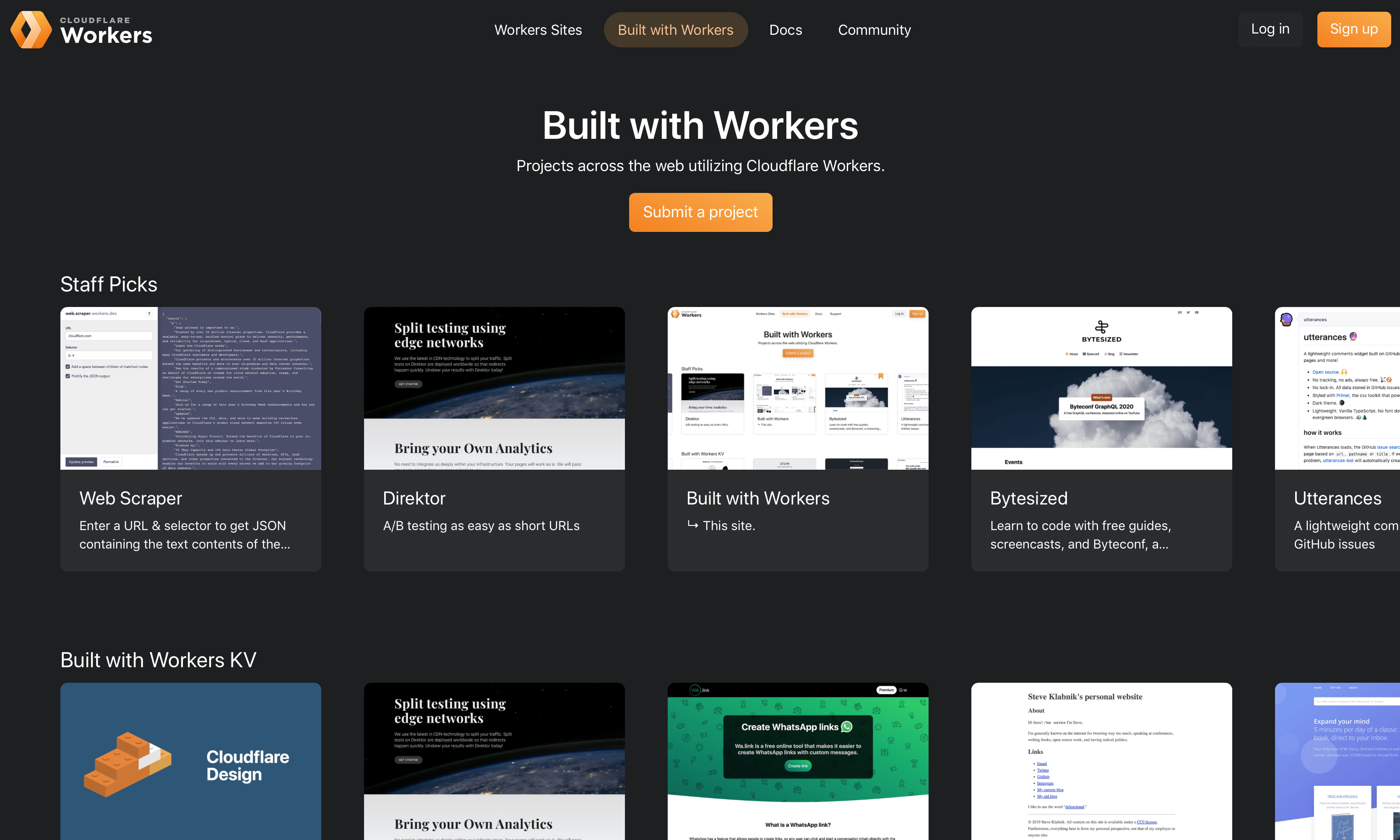
I'm extremely stoked to announce Built with Workers today – it's an awesome resource for exploring what you can build with Cloudflare Workers. As Adam explained in our launch post, showcasing developers building incredible projects with tools like Workers KV or our streaming HTML rewriter is a great way to celebrate users of our platform. It also helps encourage developers to try building their dream app on top of Workers. In this post, I’ll explore some of the architectural and implementation designs we made while building the site.
When we first started planning Built with Workers, we wanted to use the site as an opportunity to build a new greenfield application, showcasing the strength of the Workers platform. The Workers Developer Experience team is cross-functional: while we might spend most of our time improving our docs, or developing features for our command-line interface Wrangler, most of us have spent years developing on the web. The prospect of starting a new application is always fun, but in this instance, it was a prime chance to ask (and answer) the question, "If I could build this site on Workers with whatever tools I want, what would I choose?"
A guiding Continue reading
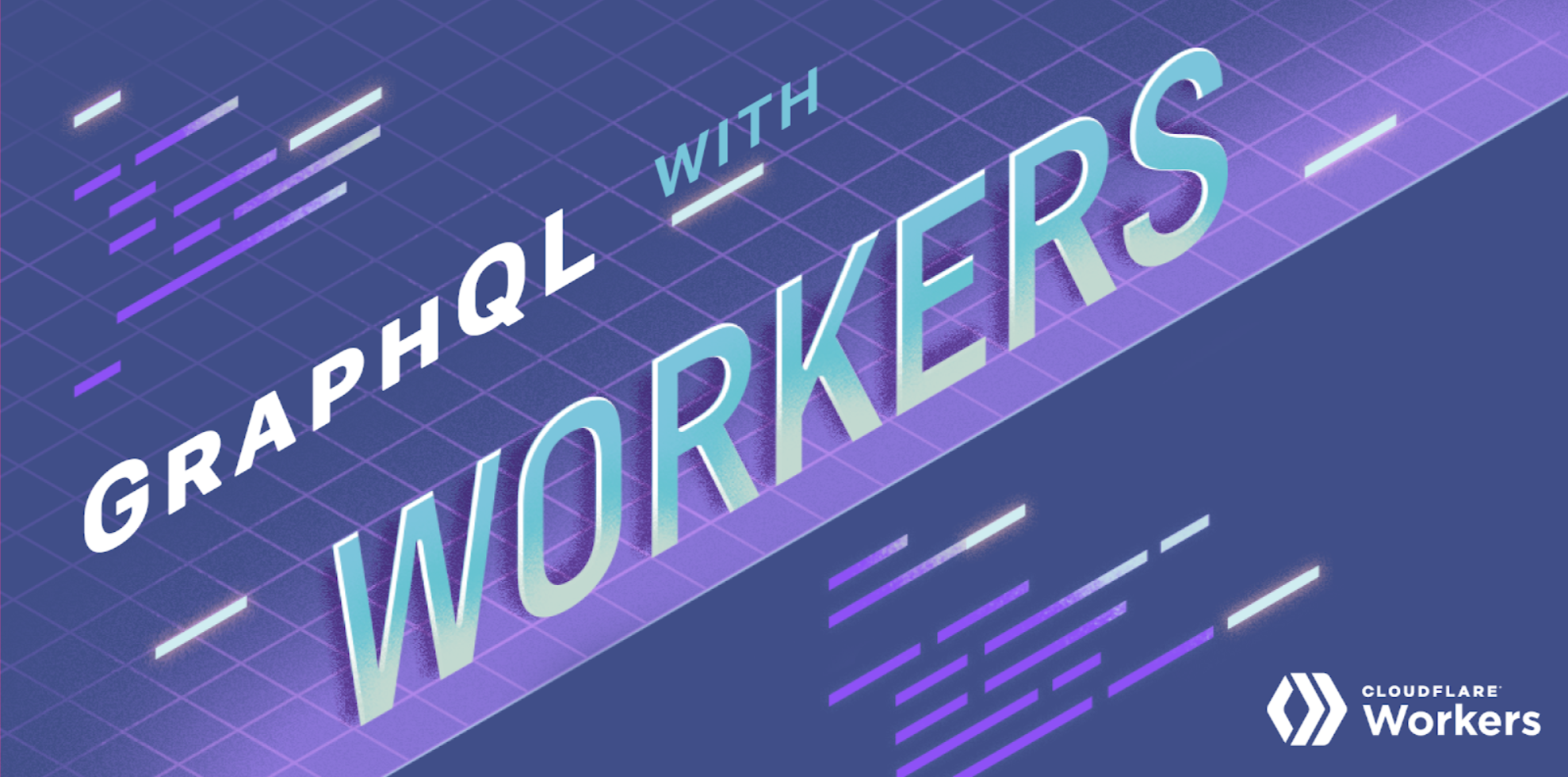
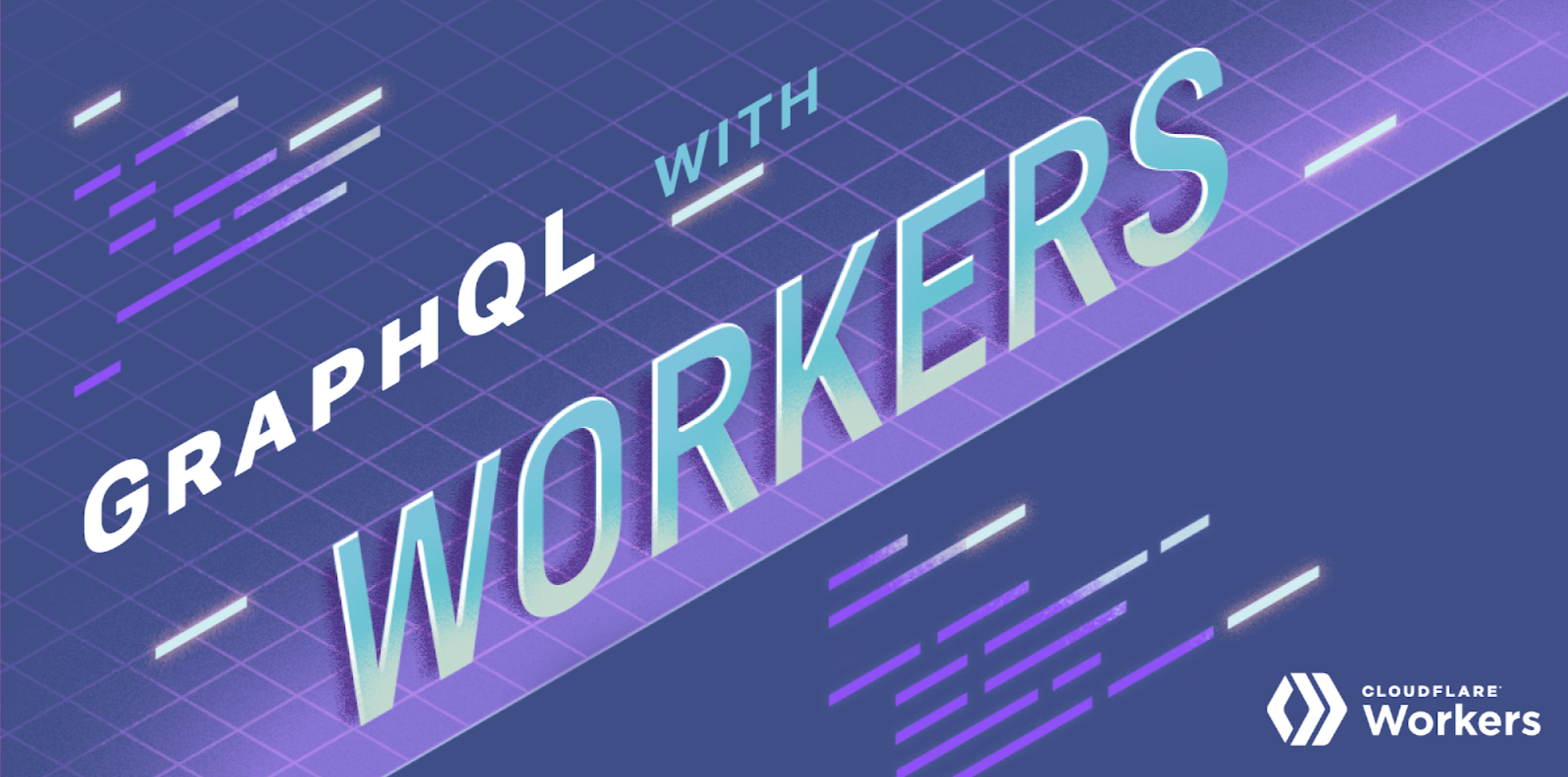
Today, we're open-sourcing an exciting project that showcases the strengths of our Cloudflare Workers platform: workers-graphql-server is a batteries-included Apollo GraphQL server, designed to get you up and running quickly with GraphQL.

As a full-stack developer, I’m really excited about GraphQL. I love building user interfaces with React, but as a project gets more complex, it can become really difficult to manage how your data is managed inside of an application. GraphQL makes that really easy - instead of having to recall the REST URL structure of your backend API, or remember when your backend server doesn't quite follow REST conventions - you just tell GraphQL what data you want, and it takes care of the rest.
Cloudflare Workers is uniquely suited as a platform to being an incredible place to host a GraphQL server. Because your code is running on Cloudflare's servers around the world, the average latency for your requests is extremely low, and by using Wrangler, our open-source command line tool for building and managing Workers projects, you can deploy new versions of your GraphQL server around the world within seconds.
If you'd like to try the GraphQL Continue reading
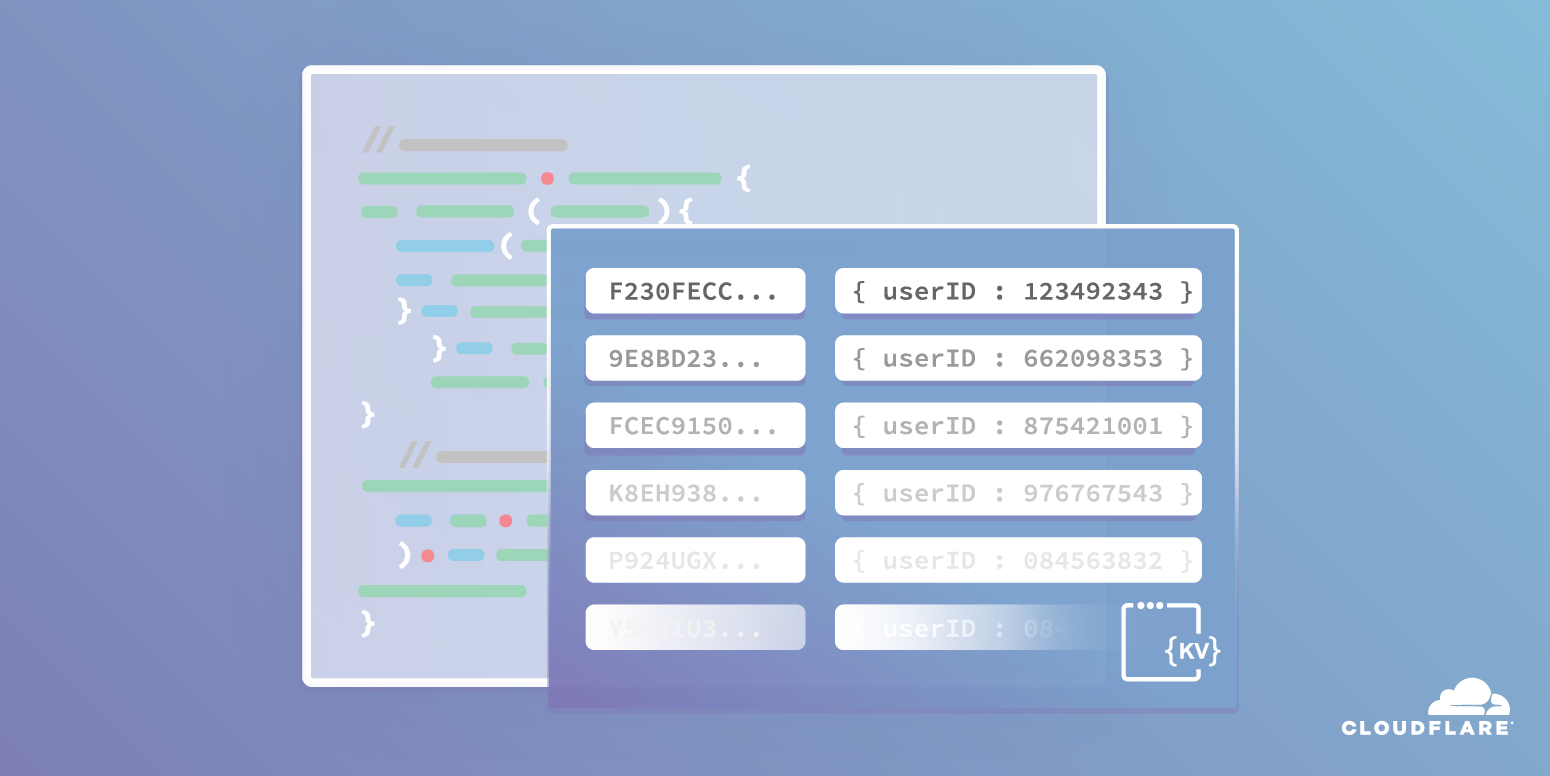
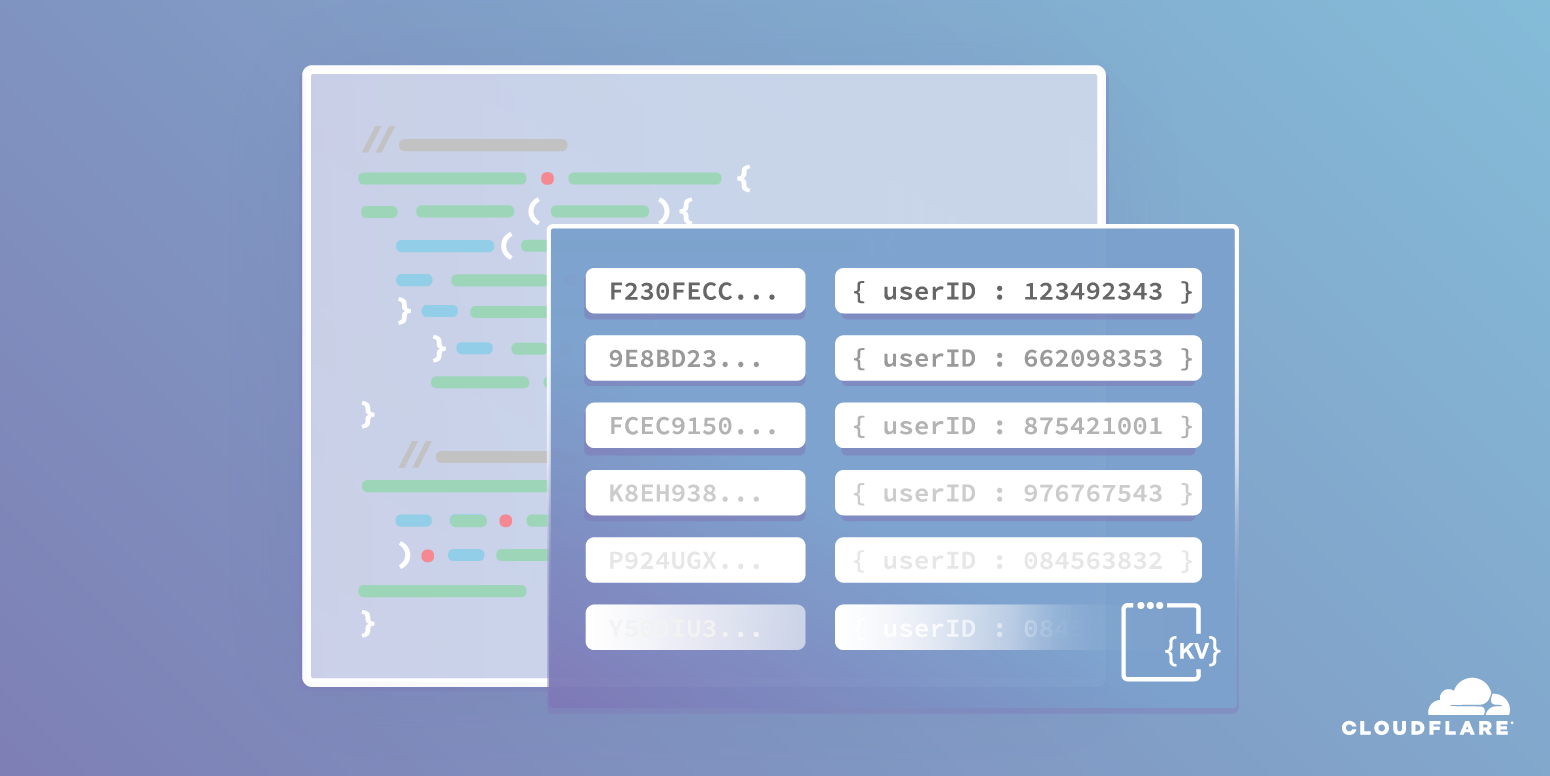
In this tutorial, we’ll build a todo list application in HTML, CSS and JavaScript, with a twist: all the data should be stored inside of the newly-launched Workers KV, and the application itself should be served directly from Cloudflare’s edge network, using Cloudflare Workers.
To start, let’s break this project down into a couple different discrete steps. In particular, it can help to focus on the constraint of working with Workers KV, as handling data is generally the most complex part of building an application:
This task order is pretty convenient, because it’s almost perfectly split into two parts: first, understanding the Cloudflare/API-level things we need to know about Workers and KV, and second, actually building up a user interface to work with the data.
In terms of implementation, a great deal of this project is centered around KV - although that may be the case, it’s useful to break Continue reading